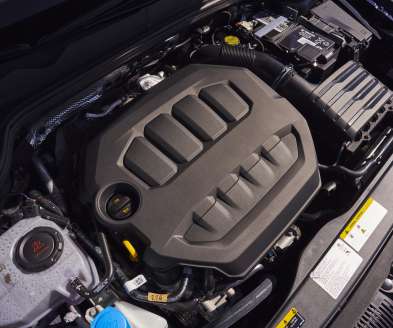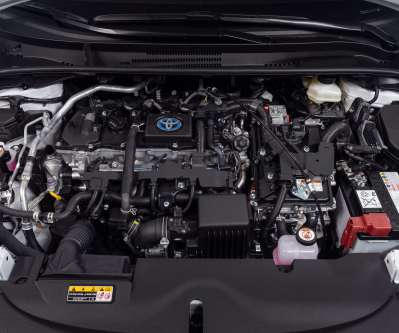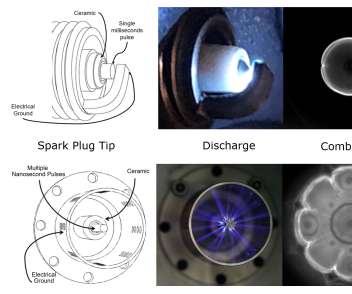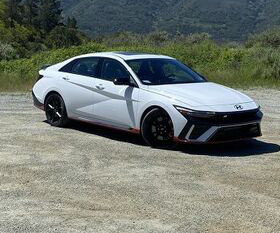Hyundai Motor Group unveils CVVD engine technology; +4% performance, +5% fuel economy, -12% emissions
Green Car Congress
JULY 3, 2019
Internal combustion engine’s performance and efficiency are currently governed by variable valve control technology that adjusts the timing of valve opening and closing and depth of the valve’s opening, with engine power produced through the fuel intake-compression-expansion-exhaustion cycle. kgm (265 N·m) of torque.






































Let's personalize your content